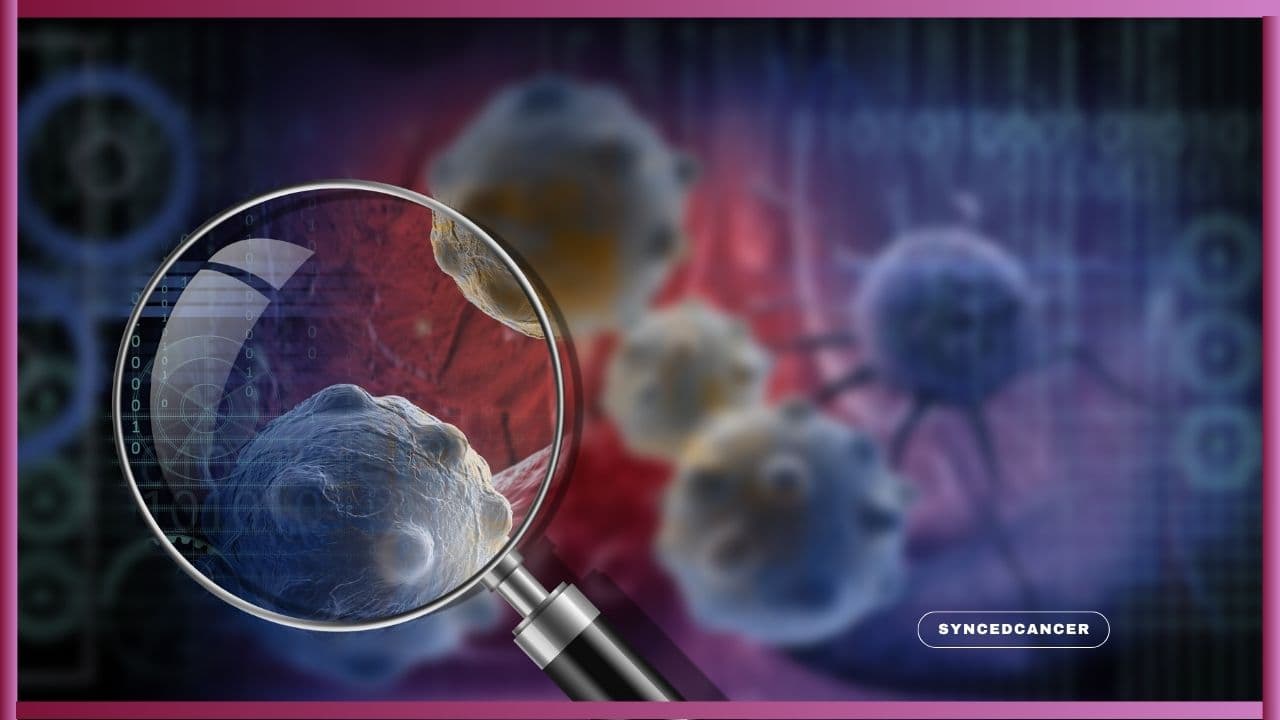Invasive breast cancer remains the most commonly diagnosed cancer among women. Due to significant advances in early detection and treatment, the survival rate continues to improve. With an aging population and rising survival rates, there’s a growing number of breast cancer survivors and they’re living for decades after treatment. That makes it more important than ever to focus on long-term health and quality of life after breast cancer.
While survivorship marks a critical milestone, the risk of developing an entirely new cancer—what researchers call a New Primary Cancer (not a recurrence of the original cancer, but a brand-new one in a different location). According to recent studies, breast cancer survivors face a 17% higher risk of developing a new cancer compared to women in the general population.
However, this increased risk is not uniform across all survivors. It depends on a mix of factors such as age at initial diagnosis, treatment modalities, lifestyle behaviors, genetic predispositions, and the hormone receptor (HR) subtype of the original breast cancer all influence an individual’s likelihood of developing a second primary cancer. While these associations are not yet fully understood, they underscore the importance of continued research and risk-based follow-up care.
New study on Risk Factors and Cancer Patterns
A recent large-scale study led by Dr. Hyuna Sung of the American Cancer Society (ACS), in collaboration with researchers from Dana-Farber Cancer Institute, Mayo Clinic, and the Institute for Health & Equity at the Medical College of Wisconsin, investigated the risk of 26 types of subsequent primary cancers in female breast cancer survivors. The analysis focused on how age at diagnosis and hormone receptor status impacted future cancer risk.
“Most women live decades after being diagnosed with breast cancer, but some women may develop a new primary cancer years after successful treatment. Currently, there’s limited knowledge about the factors associated with a higher or lower risk for new primary cancers specific to breast cancer survivors, and there’s no established tool that predicts an individual’s risk of developing a new cancer.
In this study, we found that the risk of developing a new primary cancer varies by the subtype of breast cancer a woman has as well as the age she was when she was first diagnosed with breast cancer. This result both highlights the need for tailored recommendations for preventing and screening for new primary cancers in breast cancer survivors based on their specific, personal risks and provides information to help establish such guidelines”, Said Hyuna Sung, PhD (American Cancer Society, Surveillance & Health Equity Science)
The study included 431,222 women, aged 20 to 84, who were diagnosed with invasive breast cancer between 1992 and 2015 and survived for at least one-year post-diagnosis. Researchers compared their cancer incidence rates to those in the general population of the same age and race.
Key Findings
Most Common Subsequent Primary Cancers: Regardless of hormone receptor status, breast cancer survivors demonstrated significantly higher risks of developing the following seven cancers compared to the general population:
- Acute nonlymphocytic leukemia (ANLL)
- Second primary breast cancer (distinct from recurrence)
- Colon cancer
- Endometrial cancer
- Lung cancer
- Oral cavity and pharyngeal cancers
- Sarcoma
Influence of Hormone Receptor Status: The hormone receptor (HR) subtype of the initial breast cancer played a significant role in determining the survivor’s future cancer risk:
- Survivors with HR-negative breast cancer had a 44% higher risk of developing a subsequent cancer while survivors with HR-positive breast cancer had a 20% higher risk. Specifically, those with HR-negative breast cancer were more likely to develop ANLL, as well as cancers of the peritoneum, breast, ovary, and lung.
- Age at the time of first breast cancer diagnosis also had a marked effect on future risk; Survivors diagnosed between the ages of 20 and 49 experienced a 70% increased risk for HR-positive cancers and 124% increased risk for HR-negative cancers. Those diagnosed between the ages of 50 and 84 had a 11% increased risk for HR-positive cancers and 22% increased risk for HR-negative cancers
Subsequent Primary Breast Cancers: Approximately 1 in 20 survivors went on to develop a new primary breast cancer. Notably, 70% of these second cancers occurred in the contralateral breast, rather than representing a recurrence of the original disease.
Cancer Risks Linked to Specific Breast Cancer Subtypes
The study also identified subtype-specific associations between breast cancer history and new primary cancers:
- HR-positive breast cancer survivors had elevated risks for Thyroid cancer, small intestine cancer, pancreatic cancer, bladder cancer, melanoma
- HR-negative breast cancer survivors were at increased risk for esophageal cancer, ovarian cancer, peritoneal cancer. Women diagnosed with HR-negative breast cancer before age 40 were found to have a significantly increased risk of ovarian cancer later in life.
Why it Matters
These findings are more than just data—they’re a roadmap to better care. They show that the risk of developing a new primary cancer after breast cancer is highly individualized, influenced by a woman’s age at diagnosis and the biological subtype of her cancer.
This means survivorship plans shouldn’t be generic. They need to be personalized, based on the specific risks each woman faces. The more we understand these risks, the better we can do at creating follow-up care plans that prevent, screen, and detect new cancers early. So, survivors don’t just live longer, but live better.
As breast cancer survivorship becomes increasingly common, ongoing research like this plays a vital role in shaping evidence-based guidelines that address not only the treatment of breast cancer but also the long-term health of survivors. Understanding and managing the risks of subsequent primary cancers is a key component of comprehensive survivorship care.
References
American Cancer Society – new-news-about-breast-cancer-survivors-risk-of-new-cancers
Accessed 27th July, 2025











What do you think?
It is nice to know your opinion. Leave a comment.